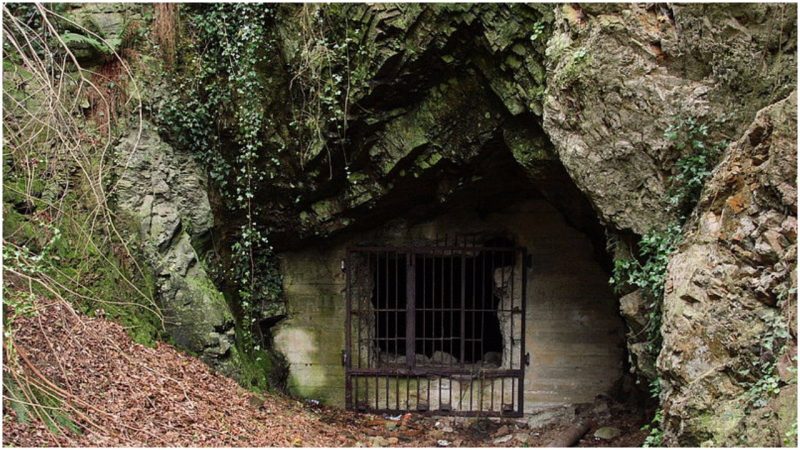During Jersey’s occupation by German forces, the Nazis thought that that the largest of the Channel Islands would be a perfect place to build bunkers to withstand any air raids and also to save all the millions invested in ammunition and additional equipment.
The name that the Nazis gave to this bunker complex is Hohlgangsanlage, which roughly translates to “cave installations.” Over the years, the name of these caves remained and they are still referred to by their German name today.
Construction of these tunnels began in 1941, right after Hitler gave the order for the “protection” of the islands. (The only part of the British Isles that the German Armed Forces ever occupied were the Channel Islands, which were left defenseless.) Each of the bunkers was placed in a strategic position on the island. It is believed that equipment and men would be placed in Jersey as part of the German plan to eventually invade England.
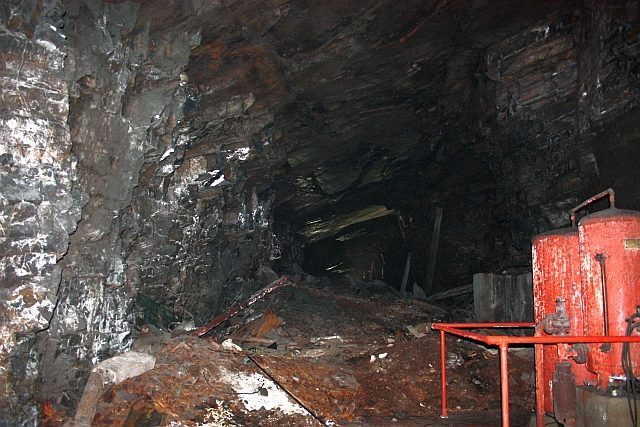
Numbering 25 in total, the tunnels were never completely finished, except for bunker No. 5. As a matter of fact, some of the tunnels never went past the planning phase. Parts of these caves were used as storage, but some of them were connected and created a form of Casemate.
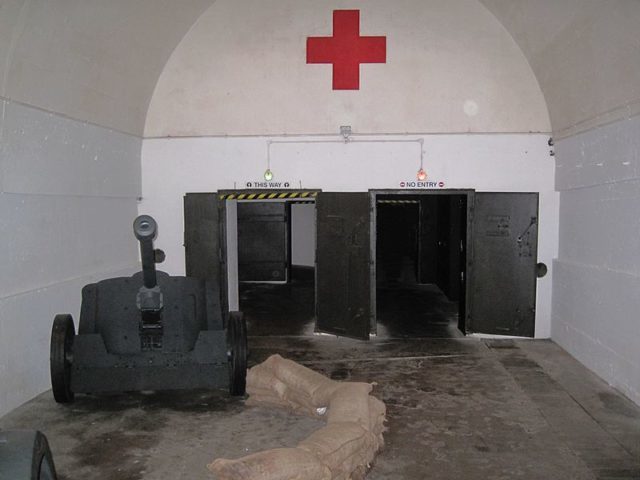
The design was fairly basic. Those tunnels that were semi-finished were laid with concrete. Found inside of the storage tunnels are railway tracks, 24 inches wide. The tunnels, as the name would imply, had openings on both sides allowing the vehicles to move freely around this Nazi complex.
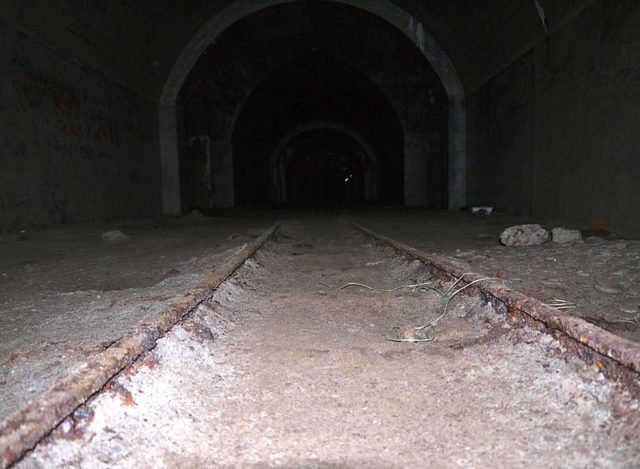
A total of 1,093 yards of tunnels were dug into the hillside above the Grands Vaux Reservoir. The bunkers were built by the construction battalions in collaboration with the mining battalions, with additional labor provided by boys no older than 18 years and the civil and military engineering group named the Todt Organisation.
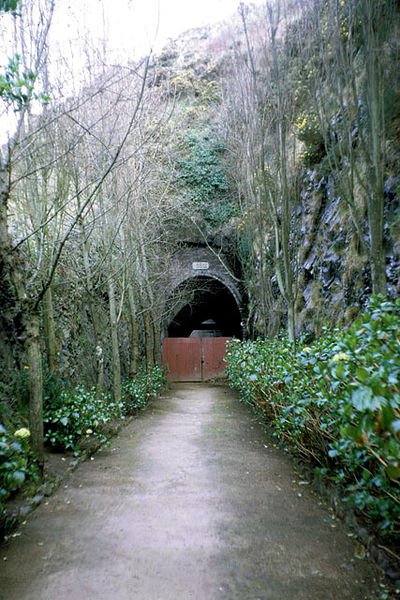
Given the fact that this all happened during the Second World War, the construction of these bunkers was mainly performed by forced labor. It is believed that thousands of slave workers from Spain, Russia, France, Poland, and Algeria built the tunnels as well as anti-tank walls and railway systems. Time went on, and after Fritz Todt died, the famous architect and loyal collaborator of Hitler, Albert Speer, took over the project.
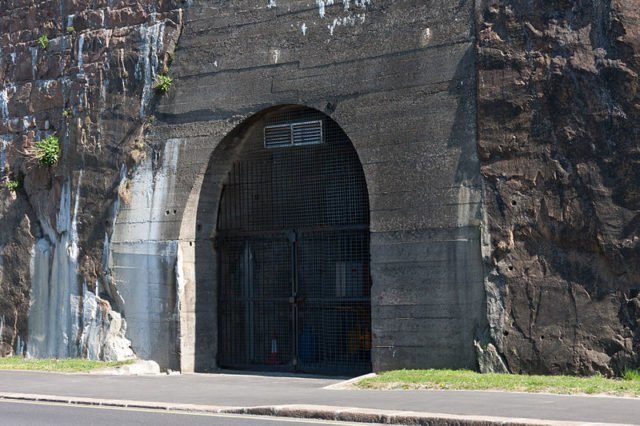
The first thing that Speer did was trim the resources for the creation of these tunnels, thus effectively cutting down on expenditures. A prudent decision, given the losses Germany suffered in the war during this period.
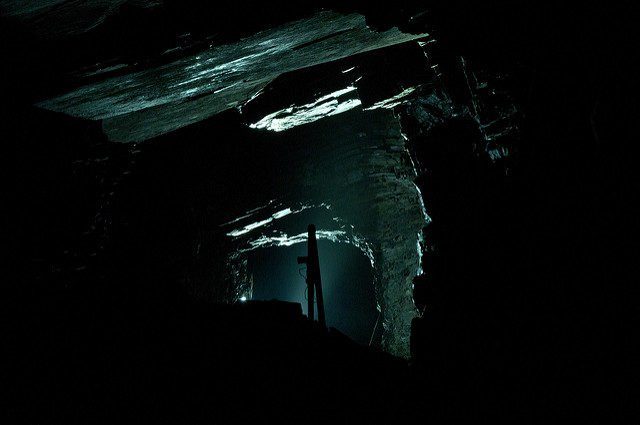
After the resources were gone, it became a challenge to finish the tunnels. The shortage of building material forced the Germans to only work toward finalizing the tunnels that were already near completion.
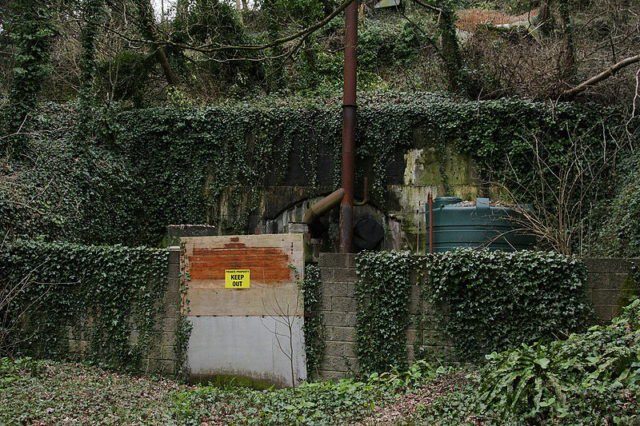
Once Jersey was liberated from German occupation on May 9, 1945, the work on the bunkers halted. Today, we know that only four of these tunnels were ever used: numbers 1, 4, 5, and 8.
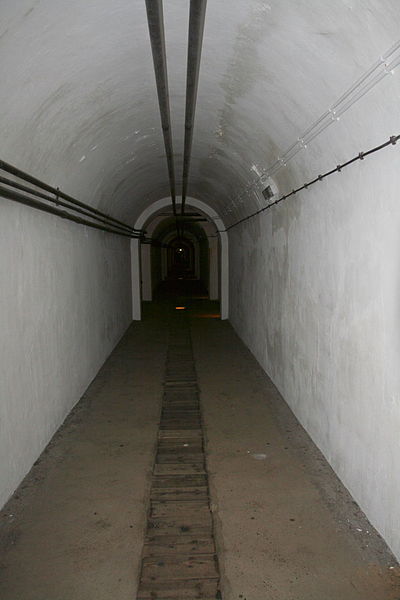
Once the war was over, the tunnels were cleared, prompted by an emergency in which two explorers looking for souvenirs of the war lost their lives because of the high levels of carbon monoxide in tunnel No. 2.
Tunnel No. 1 was turned into a museum. No. 4 was blocked after the roof collapsed, making the terrain inaccessible. In addition, there are believed to be a number of unexploded bombs in the tunnel.
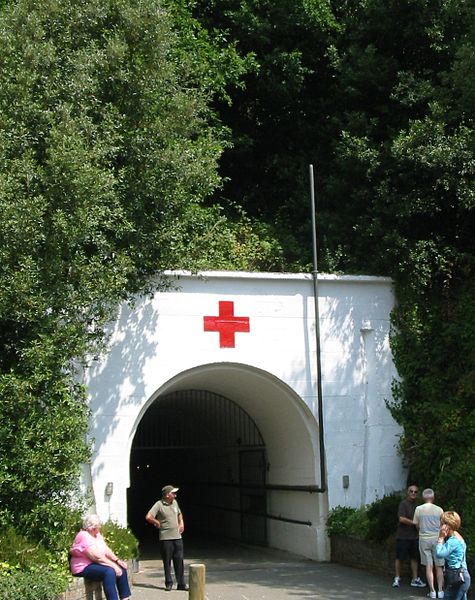
Even though they were bored through solid rock using explosives, the tunnels can be quite unstable. This happened due to the cutback in resources. The workers bored through shale instead of granite because it was easier and required less manpower. But going through this sedimentary rock composed of mud created instability.
Most of the unfinished tunnels lost their roofs a long time ago. The rest of the tunnels remain abandoned, though they are occasionally visited by tourists, for which a permit must be obtained due to the fact that the tunnels are private property.
